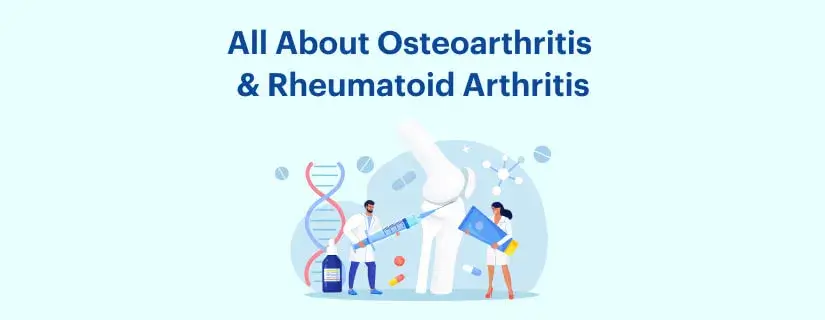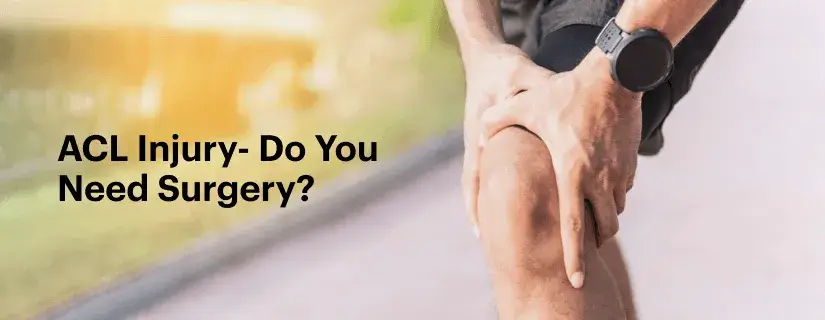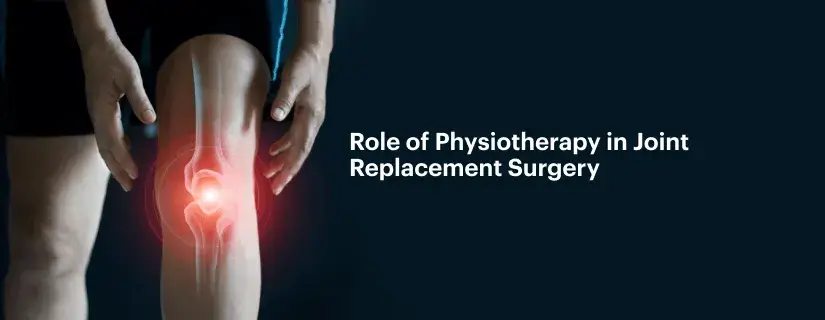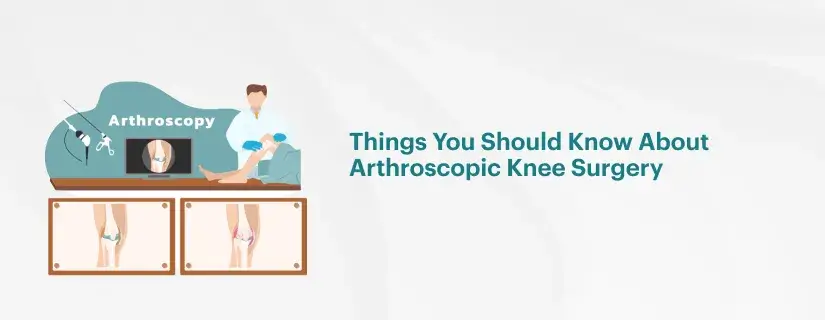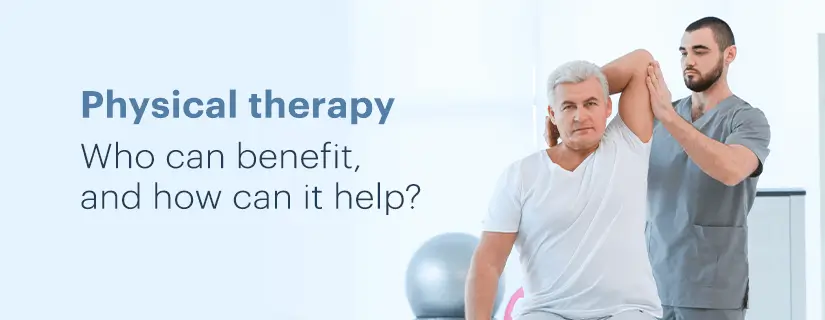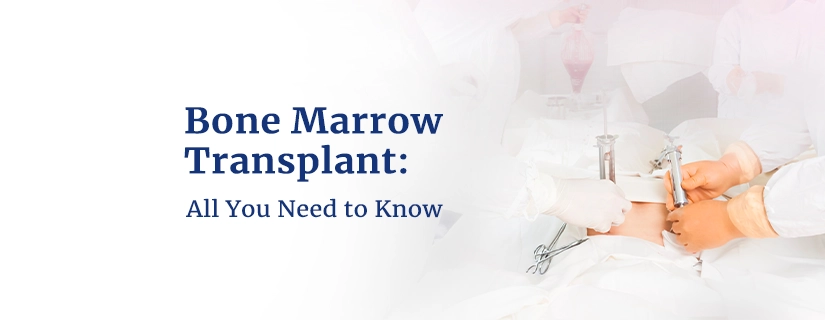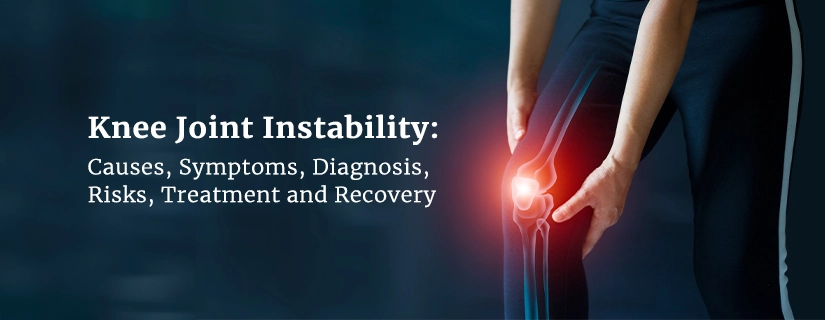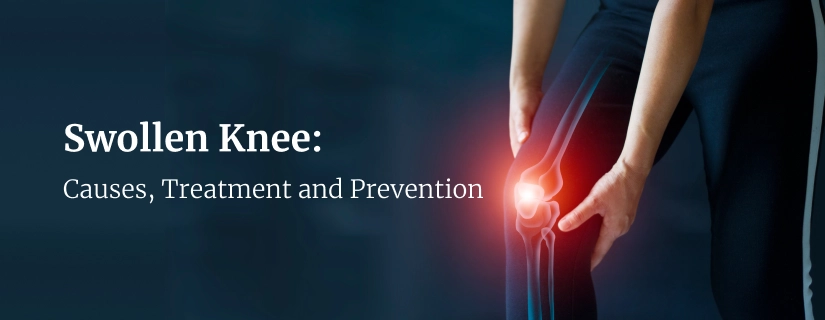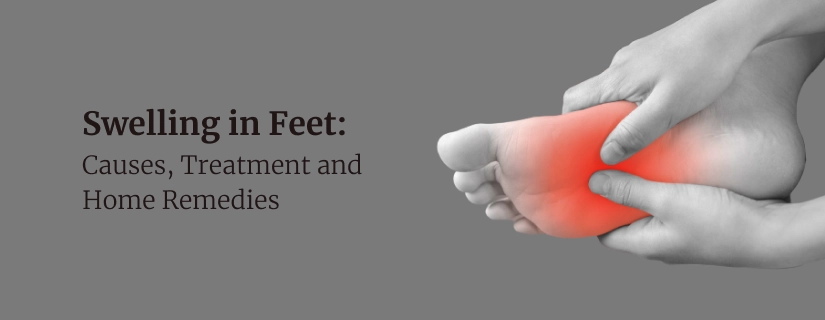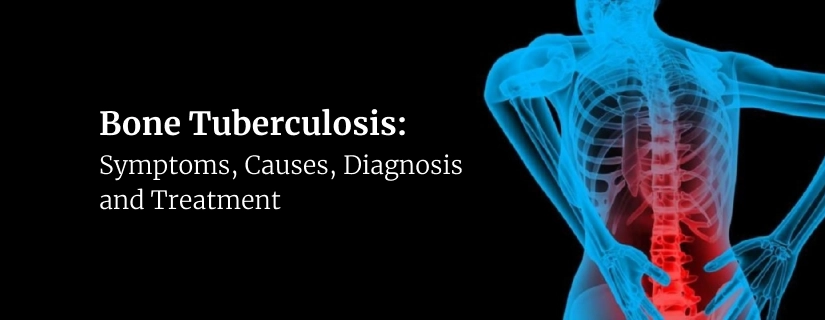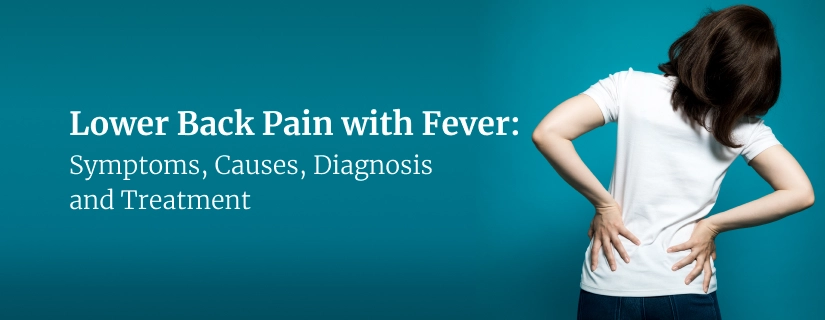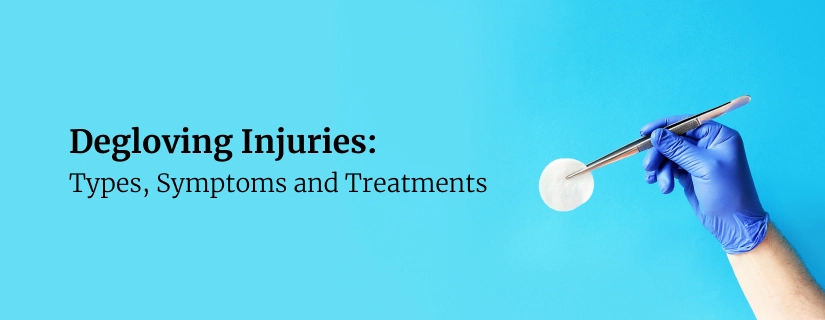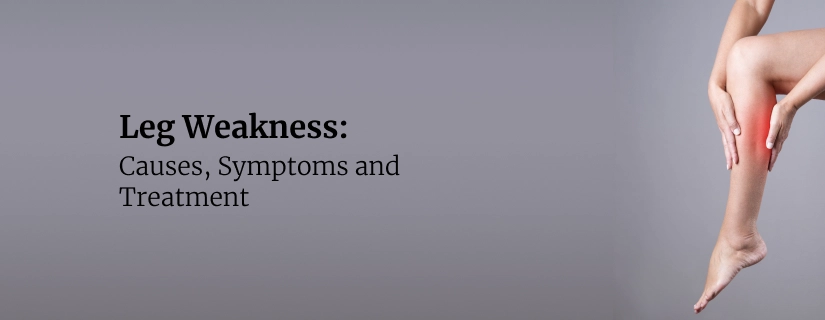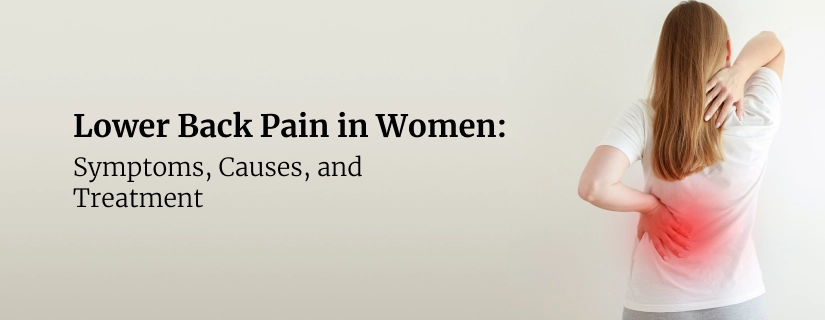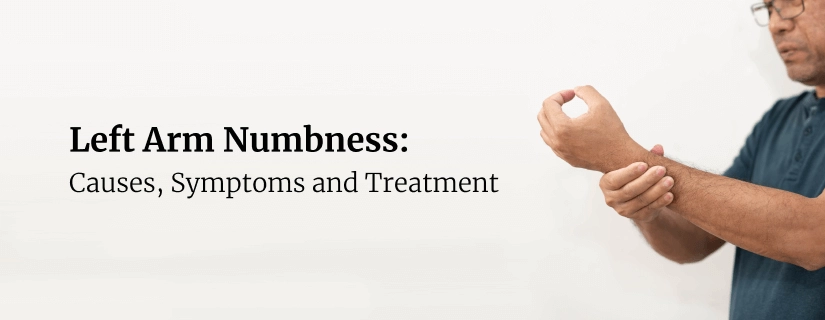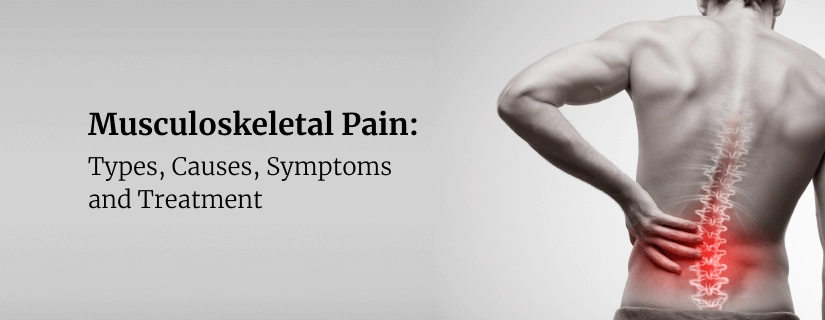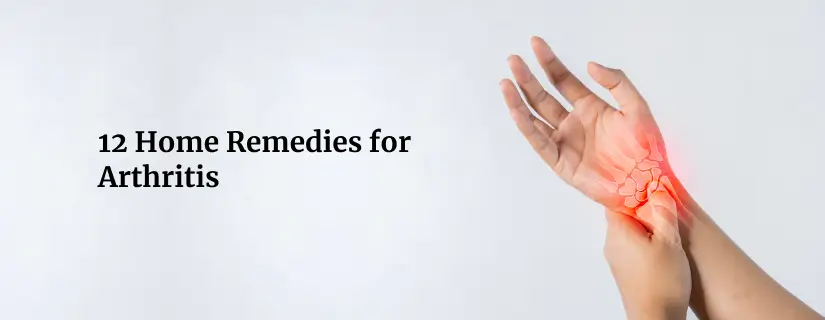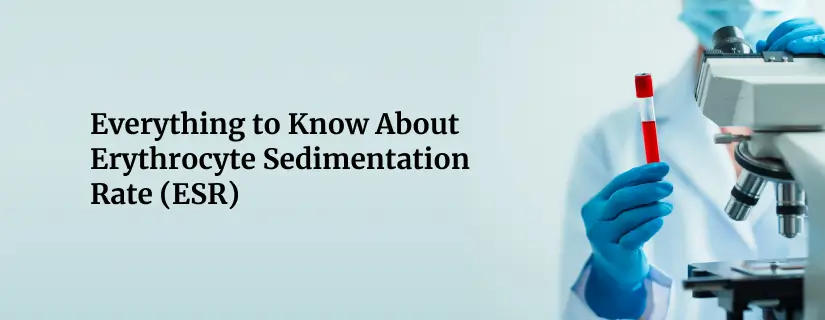-
Doctors
-
Specialities & Treatments
Centre of Excellence
Specialties
Treatments and Procedures
Hospitals & Directions HyderabadCARE Hospitals, Banjara Hills CARE Outpatient Centre, Banjara Hills CARE Hospitals, HITEC City CARE Hospitals, Nampally Gurunanak CARE Hospitals, Musheerabad CARE Hospitals Outpatient Centre, HITEC City CARE Hospitals, Malakpet
HyderabadCARE Hospitals, Banjara Hills CARE Outpatient Centre, Banjara Hills CARE Hospitals, HITEC City CARE Hospitals, Nampally Gurunanak CARE Hospitals, Musheerabad CARE Hospitals Outpatient Centre, HITEC City CARE Hospitals, Malakpet Raipur
Raipur
 Bhubaneswar
Bhubaneswar Visakhapatnam
Visakhapatnam
 Nagpur
Nagpur
 Indore
Indore
 Chh. Sambhajinagar
Chh. SambhajinagarClinics & Medical Centers
Book an AppointmentContact Us
Online Lab Reports
Book an Appointment
Consult Super-Specialist Doctors at CARE Hospitals
Avascular Necrosis of Hip: Causes, Symptoms, Diagnosis, Treatment and More
Updated on 16 October 2023
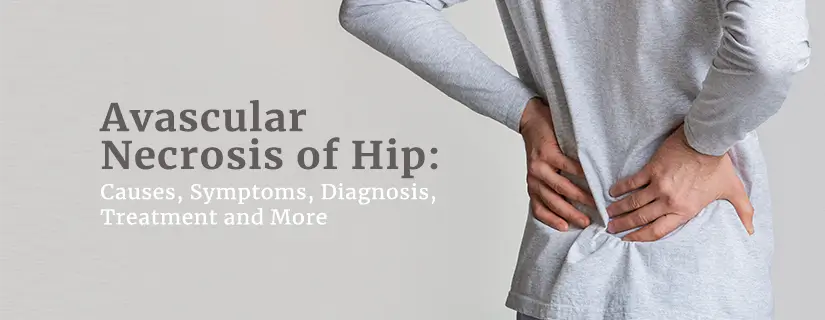
Table of Content
Avascular necrosis of the hip can be quite painful. It is a progressive deterioration of bone tissue caused by a decrease in blood circulation to the underlying bone structure, resulting in the death of bone cells.
What is Avascular Necrosis of Hip (AVN) or Osteonecrosis?
AVN or Avascular necrosis of the hip, is the term used to describe the loss of bone tissue resulting from reduced blood supply. Also known as osteonecrosis, it can lead to small cracks in the bone, causing it to crumble. This condition can affect any bone, but it most commonly occurs at the ends of long bones. It can affect one bone at a time, multiple bones simultaneously, or multiple bones at different times. Blood flow to a portion of the bone can be disrupted due to a cracked bone or a fractured joint.
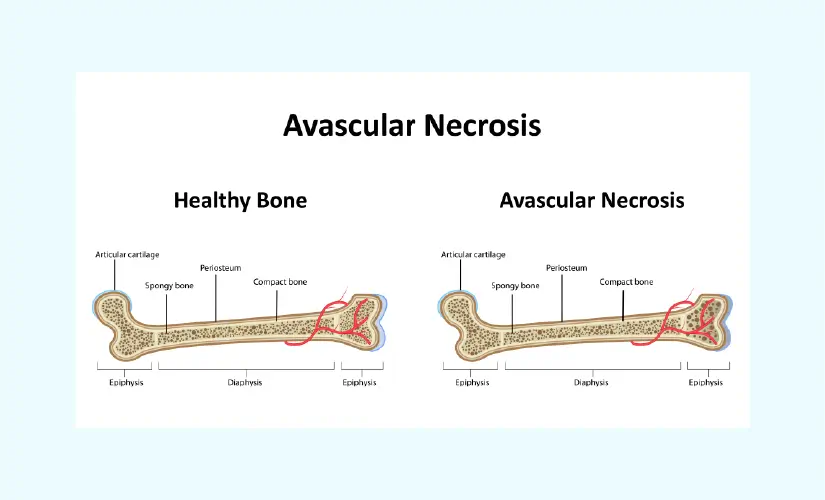
While this medical condition can affect anyone, it most frequently occurs in individuals between the ages of 30 and 50. Moreover, excessive alcohol consumption and long-term use of high-dose steroid medications are associated with avascular necrosis of the hip joint. In most cases, the condition takes months or even years to develop.
What causes Avascular Necrosis?
Avascular necrosis of the bone of the hip occurs by bone fractures or illnesses that cut off the blood supply to bone tissue. When the blood supply to the femoral head is cut off, the bone tissue dies, resulting in avascular necrosis of the hip.
The causes of avascular necrosis in the hip are as follows:
- Traumatic avascular necrosis - This may occur following a broken bone or joint dislocation.
- Nontraumatic avascular necrosis - This occurs when a person has a disease or medical condition that prevents blood flow to the bone tissue. Nontraumatic avascular necrosis usually affects the same bones on both sides of the body.
- Hip fractures and dislocations - Avascular necrosis of the hip joints occurs in people who have hip dislocations.
Other causes of avascular necrosis hip can be:
- Radiation therapy
- Organ transplants
- Decompression sickness in scuba divers
- Diabetes
- HIV
- Blood disorders, such as sickle cell anaemia
Certain lifestyle choices also increase the risk of avascular necrosis of the hip joint:
- Excessive alcohol consumption and smoking
- Long-term use of high corticosteroid dosage
Symptoms of Avascular Necrosis
The progression of avascular necrosis is gradual. The most common initial symptom is hip pain. This may cause a dull or throbbing pain in the groin or buttock region. As the condition worsens, the hip joint becomes uncomfortable to move, making it harder to stand and bear weight on the affected hip. The progression of this medical condition might take several months to more than a year. Because some studies indicate that early treatment is linked to improved results, it is crucial to detect avascular necrosis early.
The symptoms of avascular necrosis can vary depending on the affected joint and the stage of the condition. Common symptoms include:
- Joint Pain: Pain in the affected joint is a common early symptom. The pain may be mild at first and gradually worsen as the condition progresses.
- Limited Range of Motion: Avascular necrosis can cause stiffness and a reduced range of motion in the affected joint. This limitation may affect daily activities and mobility.
- Joint Swelling: Swelling around the affected joint may occur, contributing to discomfort and reduced function.
- Joint Instability: As the condition progresses, the affected bone may collapse, leading to joint instability and deformity.
- Crepitus: In some cases, there may be a grating or cracking sensation (crepitus) when moving the affected joint.
Diagnostic Procedures
One or more of the following tests may be performed in addition to a thorough medical history and physical check-up on the individual:
- X-ray to look for fractures and arthritic symptoms
- Computed tomography (CT) scan
- Avascular Necrosis MRI hip
- Radionuclide bone scan
- Functional evaluation of bone
- Biopsy
What are the treatments of Avascular Necrosis of the Hip (AVN)?
The patient's age, general health, avascular necrosis hip symptoms, and the condition of the femoral head play a role in determining the best course of action for avascular necrosis of hip treatment.
- Non-Surgical Treatment: Early-stage AVN may be treated with non-surgical options. While these approaches can alleviate symptoms, they often do not halt AVN's progression. Non-surgical procedures include:
- Strengthening hip muscles through physical therapy.
- Pain medication, such as nonsteroidal anti-inflammatory drugs (NSAIDs) to relieve pain.
- Using walkers, canes, and crutches to reduce weight on the injured hip.
- Rest.
- Hyperbaric oxygen (HBO) Therapy: HBO therapy, another non-surgical alternative, is a safe and effective choice for individuals with early-stage hip AVN. Each therapy session typically lasts 90 minutes, with five sessions per week for a minimum of 30 sessions.
- Surgical Treatment: The goals of surgical treatment are to reduce symptoms, halt or slow the progression of the disease, and restore function to the hip joint.
- Core decompression: A minimally invasive procedure known as core decompression involves drilling into the area of the femoral head affected by AVN. It helps alleviate pressure inside the bone, improve blood flow, and reduce discomfort in early-stage AVN.
- Bone grafting: It is a procedure to replace the affected bone with healthy bone tissue obtained from patient’s own body or an artificial substitute.
- Osteotomy: During an osteotomy, the surgeon cuts and repositions the femur so that the patient's weight is transferred to the healthy, weight-bearing areas of the bone.
- Total hip replacement: If the acetabulum, the hip joint, or the femoral head has sustained significant damage, a total hip replacement may be necessary.
When to see a doctor?
Avascular necrosis hip pain is a medical condition that progressively worsens over time. Patients with avascular necrosis should monitor their symptoms, including pain and mobility.
A patient should contact a healthcare provider if he/she experiences:
- Pain that does not get better with rest or painkillers.
- Pain that makes moving or walking difficult.
- Limp without reason.
What are the Risks of Avascular Necrosis of the Hip (AVN)?
Although the exact reason for the absence of blood flow is not always clear, medical professionals have discovered a number of risk factors that might increase a person's chance of developing osteonecrosis:
- Hip fractures, dislocations, and other hip injuries can harm blood arteries and reduce blood flow to the femoral head.
- Steroid drugs, used to treat a wide variety of illnesses such as rheumatoid arthritis and asthma, can lead to osteonecrosis as a side effect.
- Alcohol abuse over time can result in the build-up of fatty deposits in the blood vessels and elevate cortisol levels, reducing blood flow to the bone.
- Some thrombotic diseases, like thrombophilia, can also contribute to the development of osteonecrosis.
Prevention
Even though avascular necrosis cannot be completely avoided, there are procedures that may be taken to lessen the risk:
- Reduce alcohol consumption and quit smoking.
- Keep an eye on cholesterol levels.
- Consult a healthcare practitioner about reducing the dosage if corticosteroids are being taken for a persistent medical condition.
The painful condition known as avascular necrosis has a significant impact on a person's quality of life. If a person has medical conditions or uses medications that increase their risk of developing avascular necrosis, they should consult a medical professional. The progression of the illness can potentially be slowed down with early detection and treatment.
ENQUIRY FORM
SELECT CATEGORIES
-
Neurosciences (16)
-
Neurology (37)
-
Neurosurgery (14)
-
Orthopaedics (48)
-
Oncology (33)
-
Obstetrics and gynecology (51)
-
Pulmonology (23)
-
Urology (20)
-
Nephrology (13)
-
Psychiatry (7)
-
Dietetics and Nutrition (111)
-
General Medicine (63)
-
Cardiac Sciences (30)
-
Vascular & Endovascular Surgery and Interventional Radiology (10)
-
Gastroenterology (46)
-
Endocrinology (23)
-
Plastic Surgery (10)
-
Critical Care Medicine (5)
-
COVID-19 (16)
-
Dermatology (16)
-
Emergency Care (1)
-
Ophthalmology (4)
-
Pediatrics (14)
-
Laparoscopic and Bariatric Surgery (8)
-
ENT (15)
-
Kidney Transplant (1)
-
Liver Transplantation and Hepatobiliary Surgery (5)
-
General Surgery (3)
-
Internal Medicine (5)
-
Medicine Information
Difference Between Tendons and Ligaments
10 Common Foot Problems in Adults: Causes and Treatment
YOU MAY ALSO LIKE
RECENT BLOGS
-
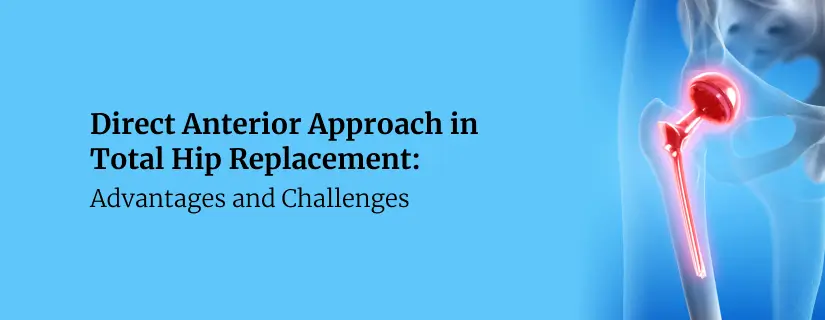
Direct Anterior Approach in Total Hip Replacement: Advantages and Challenges
10 April 2025
Read More
-
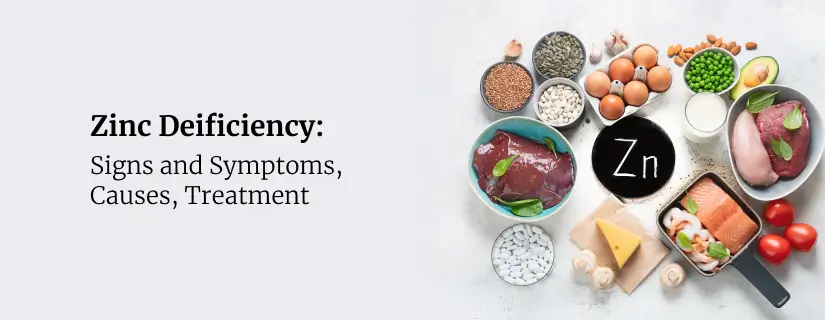
Zinc Deficiency: Signs and Symptoms, Causes, Treatment
9 April 2025
Read More
-
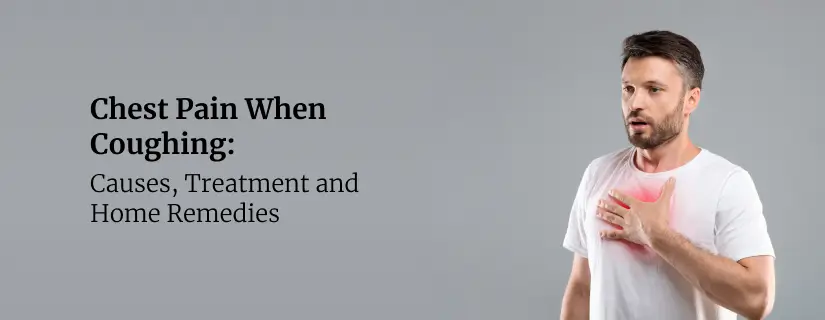
Chest Pain When Coughing: Causes, Treatment and Home Remedies
9 April 2025
Read More
-

12 Health Benefits of Eating Mushrooms
8 April 2025
Read More
-

7 Health Benefits of Blood Donation You Should Know About
8 April 2025
Read More
-

Implantation Bleeding Vs Periods: Know the Difference
28 February 2025
Read More
-

Bloating During Ovulation: Symptoms, Causes and Remedies
28 February 2025
Read More
-
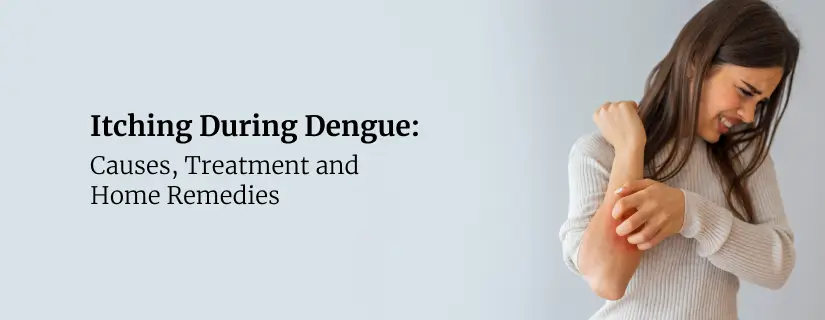
Itching During Dengue: Causes, Treatment and Home Remedies
18 February 2025
Read More
Have a Question?
If you cannot find answers to your queries, please fill out the enquiry form or call the number below. We will contact you shortly.
















